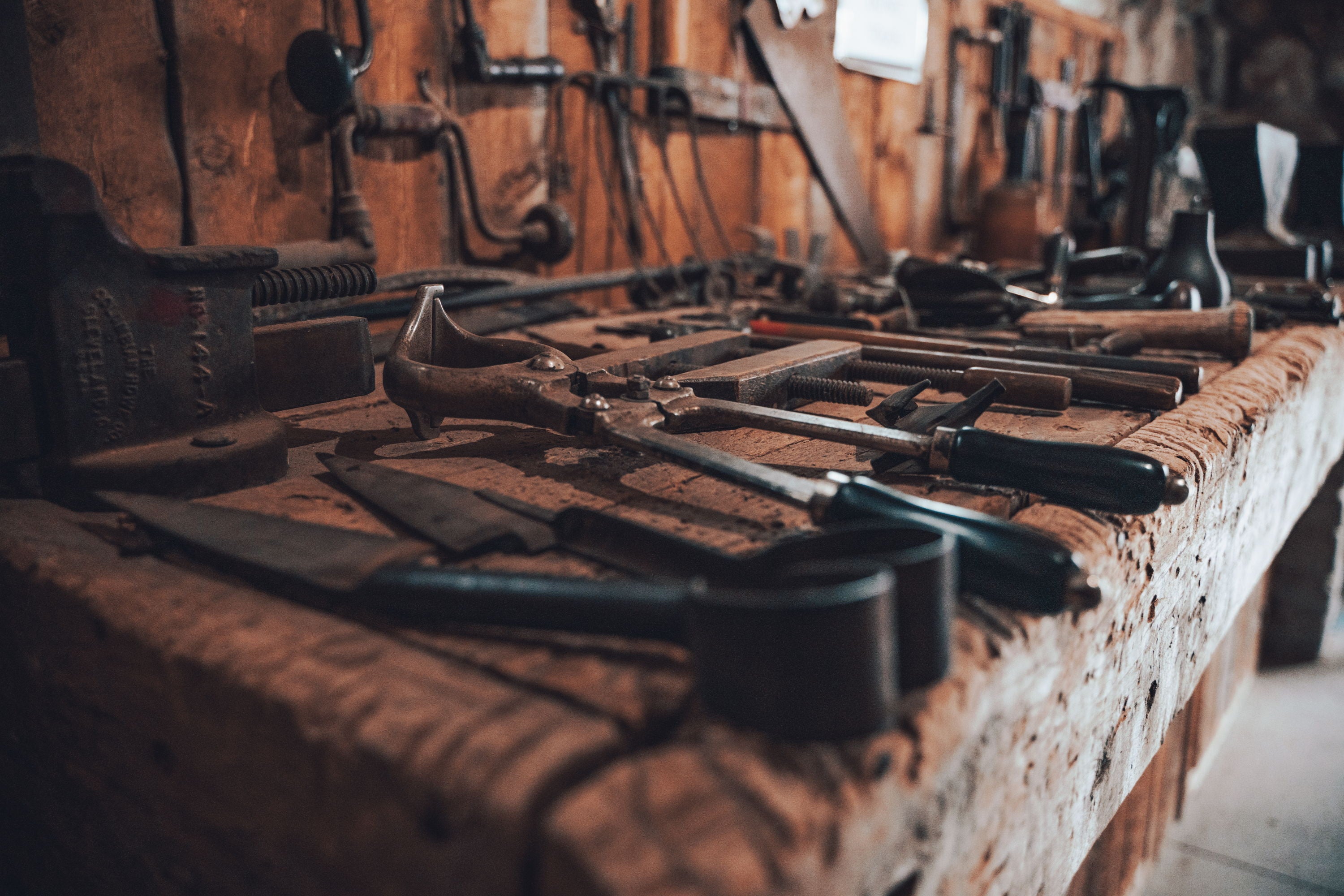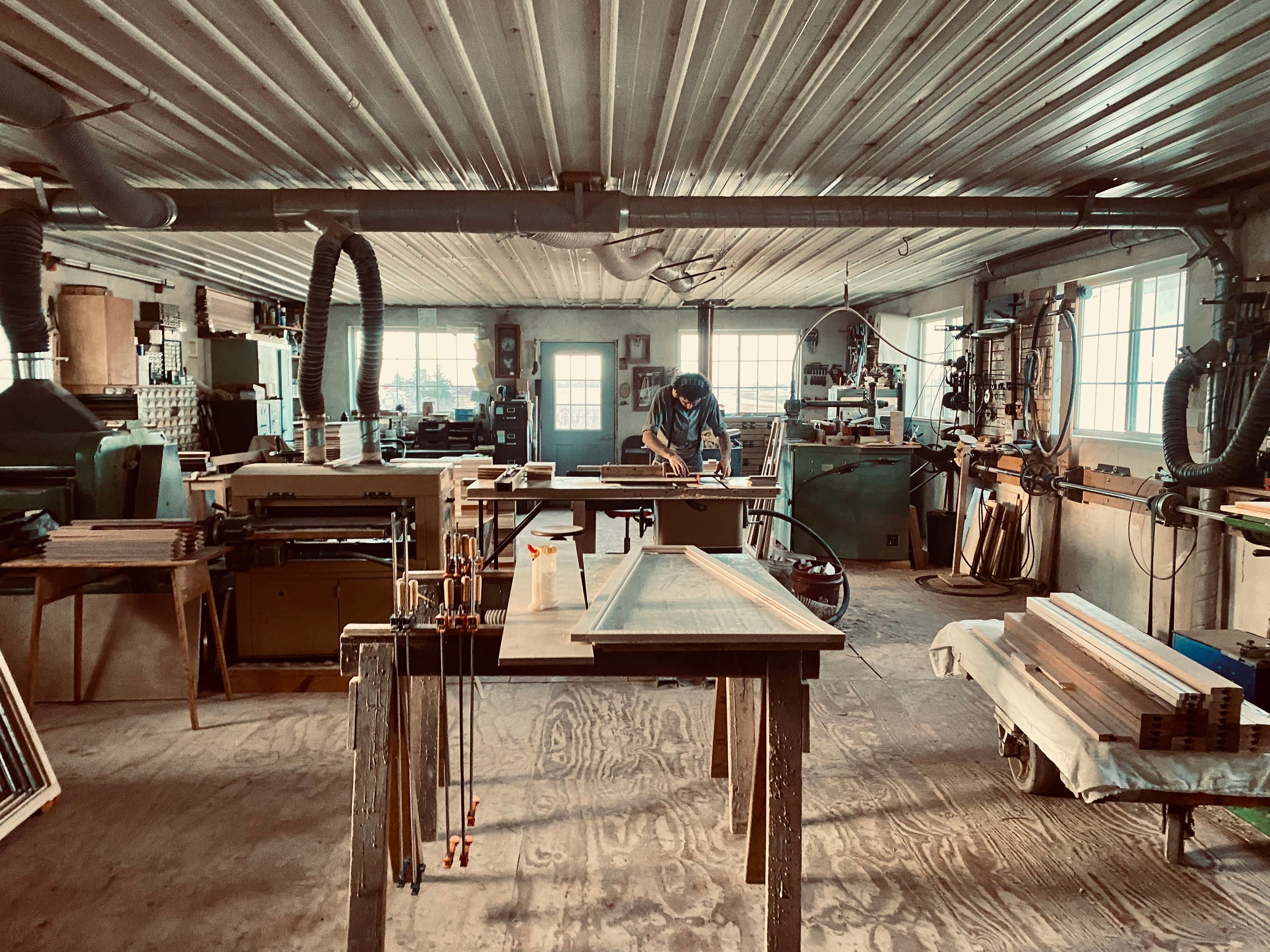Our technology is industry leading, requires very little maintenance or effort, and maintains a perfect environment for your instruments.
The importance of proper humidity control cannot be overstated. With Acoustic Remedy you can expect perfect humidity that translates to balanced sound, vitality, and preservation. Great instruments deserve perfect humidity.
Low Maintenance
Get peace of mind for months with little effort
Easy to Use
Our systems are sophisticated yet simple to operate
Automatic
Humidity automatically targets set points and achieves them with ease
Accurate
Precision probes and hygrometers monitor the humidity
Reliable
Repeatable results and well designed components yield reliability day in and day out
Science Driven
By using principles of humidity control, the approaches we use are proven
Hermetically Sealed
The starting point of any quality humidor is creating a micro-climate for the instruments. We accomplish this with a highly durable neoprene gasket which contacts the backside of the door and prevents air exchange from the humidor.


Automated Humidity Control
Once the micro-climate is created, the humidity control needs to operate less to maintain ideal humidity levels. Once air is exchanged by opening the humidor, it returns to optimal levels automatically and quickly
Year-around Protection
No matter where you live, from the high elevations to more tropical regions, and during all seasons, Acoustic Remedy humidors perform flawlessly 24/7/365.


Our Story

Our Process

Amish Made

Sustainability
Instgram
Let's rock! Follow us now@acoustic_remedy_cases



